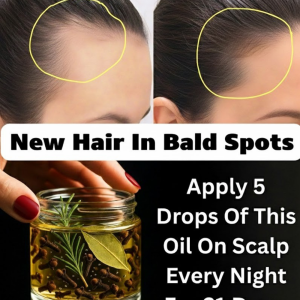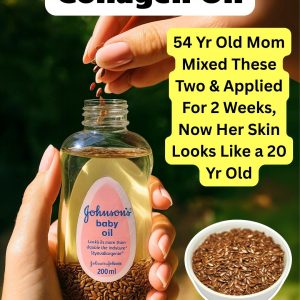
Avoid These 3 Types of Fruits to Reduce the Risk of Ingesting Hidden “Seeds of Cancer”:
1. Fruits with Odd Shapes or Unnatural Colors
Fruits that appear overly large, oddly shaped, or have unnaturally vivid colors can be a red flag. When many fruits in a batch share these unusual traits, they may have been grown using chemical growth enhancers or stimulants.
These substances not only disrupt the fruit’s natural nutritional content but can leave behind harmful residues that gradually build up in the body. Tests have revealed that distorted fruits often contain heavy metals like lead, cadmium, and mercury — toxic elements that can harm the liver, kidneys, and damage DNA, heightening cancer risk.
Don’t be drawn in by low prices or flashy appearances. Larger or more colorful doesn’t mean healthier — it may signal chemical tampering that the naked eye can’t see.

2. Fruits with Any Signs of Rot or Mold, No Matter How Small
It’s common for people to cut away the bad parts of a fruit and eat the rest, but this habit can be dangerous.
Once a fruit starts to rot or show mold, it’s likely that bacteria and fungi have already spread deep inside. The biggest danger comes from aflatoxin — a highly toxic substance produced by mold and classified by the WHO as one of the most potent carcinogens. Even minimal exposure to aflatoxin over time can severely damage the liver and lead to liver cancer.
The toxin doesn’t always stay confined to the moldy spot — it can spread invisibly through the whole fruit. If a fruit smells strange, tastes off, feels slimy, or has odd discoloration, it’s safest to throw it away.

3. Fruits That Are Chemically Ripened
Fruits like bananas, papayas, and mangoes are often artificially ripened using ethylene gas or unregulated chemicals to speed up delivery and shelf life. While some ripening agents are considered safe, many vendors use illegal or poorly regulated substances.
Chemically ripened fruits usually have an overly bright and uniform yellow skin that looks unnatural. Inside, the flesh may be watery, mushy, oddly fragrant (or lacking fragrance), and sometimes have a bitter or off taste.
These chemicals not only degrade the fruit’s nutrients but may interfere with natural enzymes, affect hormone balance, harm the liver and kidneys, and increase the potential for cancerous changes in cells.
Your best bet is to choose naturally ripened fruits — they might not look perfect, but they’re safer and offer a more genuine flavor.




